1
Section 1: The Basics of Tandoori Roti
1. What exactly is Tandoori Roti?
Tandoori Roti is a traditional, unleavened flatbread originating from the Indian subcontinent, particularly popular in Northern India, Pakistan, and Afghanistan. Unlike common chapatis (which are cooked on a flat griddle or tawa), Tandoori Roti derives its unique smoky flavor and crisp-chewy texture from being cooked rapidly inside a highly specialized clay oven known as a tandoor.
The word ‘roti’ simply means bread, and ‘tandoori’ refers to the method of cooking. It is typically made using whole wheat flour (atta), water, and sometimes a leavening agent like yeast or baking soda, although traditional preparations often rely solely on the high heat of the tandoor to puff slightly and achieve its signature charring. Its robust texture makes it ideal for scooping up thick, rich North Indian gravies and lentils.
2. What is the fundamental difference between Tandoori Roti and Naan?
While both Tandoori Roti and Naan are baked inside a tandoor oven, they differ significantly in ingredients and texture:
| Feature | Tandoori Roti | Naan |
|---|---|---|
| Main Flour | Whole Wheat Flour (Atta) | Refined White Flour (Maida) |
| Leavening | Minimal or none (sometimes baking soda/yogurt) | Traditionally Yeast or Yogurt/Curd (highly leavened) |
| Texture | Robust, dense, slightly hard/chewy, high in fiber | Soft, fluffy, pliable, doughy |
| Flavor | Nutty, earthy, often smoky due to whole wheat | Slightly tangy due to yogurt/yeast, mildly sweet |
| Dietary | Higher in fiber | Lower in fiber |
Tandoori Roti is considered the healthier, more rustic, daily bread option, whereas Naan is richer, often reserved for special occasions, and typically enriched with milk, eggs, or ghee.
3. Why is the Tandoor oven essential for authentic Tandoori Roti?
The Tandoor is crucial because it provides two critical components that cannot be easily replicated: extreme, sustained heat and simultaneous radiant and convective cooking.
- Extreme Temperature: A traditional Tandoor operates at temperatures between 480°F and 900°F (250°C to 480°C). This intense heat causes the moisture in the dough to turn rapidly into steam, puffing the roti slightly and creating the perfect balance of a slightly crisp exterior and a soft interior.
- Adhesive Cooking: The roti dough is slapped directly onto the vertical, curved inner wall of the clay oven. This unique positioning allows the roti to cook simultaneously from the radiant heat of the glowing charcoal at the bottom and the convective heat circulating within the oven chamber.
- Smoky Flavor: The direct contact with the hot clay wall and the residual smoke from the charcoal or wood fire imparts the characteristic smoky, charred flavor that defines authentic Tandoori Roti.
Section 2: Ingredients and How to Make Tandoori Roti
4. What are the essential Ingredients for Tandoori Roti?
The beauty of the traditional Tandoori Roti lies in its simplicity, requiring very few ingredients.
| Ingredient | Purpose | Notes |
|---|---|---|
| Whole Wheat Flour (Atta) | The primary structure and fiber source | Using Atta (fine Indian whole wheat flour) is key for authentic texture. |
| Water | Hydration and binding agent | Use lukewarm water to help activate any leavening agents and soften the dough. |
| Salt | Flavor enhancer | Essential for balancing the nutty flavor of the wheat. |
| Ghee or Oil (Optional) | Softness and richness | A small amount added to the dough helps prevent it from becoming too stiff. |
| Yogurt/Curd or Baking Soda (Optional) | Mild leavening | Used to slightly soften the texture, especially when baking in a home oven. |
5. How to make Tandoori Roti at home without a traditional Tandoor oven? (Detailed Home Preparation)
While nothing truly replicates the Tandoor, you can achieve a very close, chewy, and slightly charred Tandoori Roti texture using a home oven or a stove-top method. This guide details the how to make process using a conventional high-heat oven method.
Step 1: Preparing the Dough (The Foundation)
- Combine Dry Ingredients: In a large mixing bowl, combine 2 cups of whole wheat flour (atta), 1 teaspoon of salt, and 1/2 teaspoon of baking powder (if using).
- Add Wet Ingredients: Slowly incorporate 1 cup of lukewarm water, 2 tablespoons of plain yogurt (optional, for softness), and 1 tablespoon of oil or melted ghee.
- Kneading: Knead the mixture for 8–10 minutes until a smooth, slightly stiff, but pliable dough is formed. The dough should be firmer than regular chapati dough but not crumbly.
- Resting: Cover the dough with a damp cloth or cling wrap and allow it to rest in a warm place for at least 1–2 hours. This resting time is crucial as it allows the gluten to relax, resulting in a softer roti that won’t become too tough when cooked.
Step 2: Preparing for Baking
- Preheat: Preheat your oven to the highest possible temperature (usually 500°F or 550°F / 260°C to 290°C). Place a baking stone or a cast-iron pizza pan inside the oven while it preheats. High heat is essential to mimic the Tandoor’s rapid cooking.
- Portioning: Divide the rested dough into 8–10 equal balls (pedas).
- Rolling: Dip a dough ball in dry flour and roll it out into a rustic, slightly oval or round shape, about 1/8 inch thick. Do not roll it too thin, as the thickness gives the roti its characteristic chewiness.
Step 3: Simulating the Tandoor Wall (The Technique)
- Moisture Application: Traditional Tandoori Roti sticks to the Tandoor wall due to moisture. To replicate this, lightly brush one side of the rolled roti thoroughly with water.
- Baking: Carefully place the wet side of the roti onto the extremely hot baking stone or cast-iron pan in the oven. The water will instantly steam and help the roti adhere slightly and puff up.
- Baking Time: Bake for 2–4 minutes. The roti should start to swell slightly.
Step 4: Achieving the Char (The Finish)
- Broiling: Once the roti is set, switch the oven to the broiler setting (grill) or transfer the baking sheet to the top rack, closer to the element.
- Charring: Broil for 30 seconds to 1 minute, watching carefully until dark brown or black spots appear on the surface. This charring provides the essential smoky tandoori flavor.
- Serving: Remove the roti with tongs. Brush immediately with ghee or butter to create Butter Tandoori Roti (see Q7). Serve immediately.
6. Can I use a Tawa (Griddle) to make Tandoori Roti?
Yes, the Tawa method is the closest stove-top alternative for those without an oven or broiler.
- Dough Preparation: Use the same dough recipe (including a pinch of baking powder/soda is highly recommended here).
- Cooking: Heat a cast-iron tawa until it is very hot. Place the rolled roti on the tawa.
- Flip 1: Cook for 30 seconds until small bubbles form. Flip the roti.
- Charring: After cooking the second side for about 1 minute, use tongs to lift the roti and place it directly over the medium-high gas flame. Rotate the roti constantly until dark spots appear and it puffs up. This direct flame method provides the essential smoky charring.
Section 3: Nutrition Facts and Health Profile
7. What are the general Nutrition Facts for Tandoori Roti? (Approximate values)
Tandoori Roti made with 100% whole wheat flour is generally considered a healthy carbohydrate source, especially compared to refined white breads like Naan. The exact nutrition facts vary based on size, thickness, and whether oil/ghee is added to the dough.
Here are approximate Nutrition Facts for a single medium-sized Tandoori Roti (6 inches, made with atta and no added butter):
| Component | Value (Approximate) | Contribution |
|---|---|---|
| Calories | 100 – 120 kcal | Primarily from carbohydrates. |
| Total Carbohydrates | 20 – 25 grams | High in complex carbohydrates. |
| Dietary Fiber | 3 – 4 grams | Crucial benefit of using whole wheat. |
| Protein | 4 – 5 grams | Provides a good amount of plant-based protein. |
| Total Fat | 0.5 – 1 gram | Low fat unless butter is applied afterward. |
| Sodium | 100 – 150 mg | Varies based on salt added. |
Note on Butter Tandoori Roti: Adding a generous serving (about 1 tsp) of butter or ghee will increase the calorie count by approximately 35–45 calories and add 4–5 grams of saturated fat per roti.
8. Is Tandoori Roti a healthy bread choice? How does it benefit digestion?
Yes, Tandoori Roti is generally a very healthy choice, largely because it uses whole wheat flour (atta).
- High Fiber Content: Whole wheat flour retains the bran and germ, making the roti rich in dietary fiber. Fiber aids digestion, promotes gut health, helps regulate blood sugar levels, and contributes to satiety.
- Complex Carbohydrates: The carbohydrates are complex, meaning they are digested slowly, providing sustained energy rather than a sharp spike in blood sugar.
- Low Fat: Traditional Tandoori Roti is inherently low in fat, as it contains minimal oil (or none at all) and is cooked without oil in the tandoor. The fat content is only added when preparing Butter Tandoori Roti.
9. How do the nutrition facts of Tandoori Roti compare to standard supermarket bread?
Tandoori Roti offers several advantages over many commercially produced sliced breads:
- Purity of Ingredients: Tandoori Roti typically contains only flour, water, and salt, avoiding the high fructose corn syrup, preservatives, and excess fats found in many commercial loaves.
- Fiber Density: While some supermarket breads are “wheat,” they may still contain refined flour. Tandoori Roti made with true atta ensures a higher concentration of natural, intact fiber per serving.
- Lower Glycemic Index (GI): Due to its high fiber content, whole wheat Tandoori Roti has a lower GI than bread made primarily from refined flour (maida), meaning it impacts blood sugar less drastically.
Section 4: Variations and Pairings
10. What is Butter Tandoori Roti, and how is it prepared?
Butter Tandoori Roti is simply the classic Tandoori Roti that has been generously brushed or dipped in melted butter or ghee (clarified butter) immediately after it is pulled from the tandoor.
Preparation:
- The roti is cooked until charred and crisp.
- As soon as it is removed from the high heat, the roti is placed on a plate.
- A spoonful of melted ghee or butter is spread across the surface, often using a brush or a wad of cloth. The heat of the roti rapidly melts the fat, which soaks slightly into the surface.
Why Butter?
The addition of butter adds a rich, savory flavor and, crucially, softens the texture. Because Tandoori Roti tends to be chewier and harder than chapati or naan, the fat makes the surface tender and more pliable, enhancing the overall eating experience, especially when paired with rich curries.
11. Which tandoori roti best with vegetables and vegetarian curries?
Tandoori Roti’s robust texture and whole-wheat nuttiness make it the perfect accompaniment for thick, hearty vegetarian dishes that require a strong bread to scoop the gravy.
Here are some of the best vegetarian pairings:
- Dal Makhani: The slow-cooked black lentils and kidney beans simmered in cream and butter require a sturdy bread. The roti holds up perfectly against the thick, rich dal.
- Palak Paneer: The earthy flavor of the spinach and cottage cheese curry complements the whole-wheat base of the roti beautifully.
- Rajma Masala: This North Indian red kidney bean curry is dense and spicy. Tandoori Roti is ideal for ensuring you can scoop up every bit of the thick tomato-based sauce.
- Malai Kofta: The smooth, creamy cashew-based gravy of the kofta is nicely contrasted by the rustic, charred texture of the roti.
- Chana Masala (Chole): The hearty chickpea curry is a classic street food pairing with Tandoori Roti, especially in Delhi and Punjab.
12. List of other popular tandoori items found on an Indian restaurant menu.
The tandoor oven is versatile and is used to cook far more than just Tandoori Roti. The category of tandoori items includes a wide array of breads and marinated meats cooked over immense heat.
Tandoori Breads:
- Naan: Leavened flatbread made from refined flour, often topped with garlic, cilantro, or cheese.
- Tandoori Paratha: A layered, flakier bread, sometimes stuffed, cooked in the tandoor until crisp.
- Kulcha: A soft, slightly leavened bread, typically stuffed with potatoes (aloo kulcha) or onions.
- Missi Roti: A specialized roti made from a mix of whole wheat flour and chickpea flour (besan), giving it a yellow color and unique texture.
Tandoori Appetizers (Meats and Vegetables):
- Tandoori Chicken: Whole chicken marinated in yogurt and spices (most famous tandoori item).
- Chicken Tikka: Boneless pieces of chicken marinated in yogurt and spices, served skewered.
- Paneer Tikka: Cubes of marinated cottage cheese and vegetables, grilled until charred.
- Seekh Kebab: Spiced ground meat (lamb or chicken) pressed onto skewers and cooked in the tandoor.
- Tandoori Prawns/Fish: Seafood marinated in citrus, herbs, and spices, cooked quickly at high heat.
Section 5: Best Practices, Timing, and Cultural Context
13. What is the best time to eat Tandoori Roti?
Tandoori Roti is traditionally considered a staple for dinner or a heavy lunch.
- Dinner Staple: Given that Tandoori Roti is hearty, dense, and rich in complex carbohydrates and fiber (due to the whole wheat flour), it provides long-lasting energy and satiety, making it the perfect foundation for a main evening meal.
- Pairing Requirement: Because it is designed to hold up to rich, thick curries (unlike lighter chapatis), it is generally eaten during meals where substantial gravy is served, such as weekend family dinners or formal restaurant meals.
It is less commonly eaten for breakfast, where lighter, often stuffed, breads like paratha or puri are preferred.
14. Why does my homemade Tandoori Roti come out hard and stiff?
This is the most common challenge when making Tandoori Roti at home without a tandoor. Several factors contribute to stiffness:
- Insufficient Hydration: The dough was too stiff initially. While Tandoori Roti dough should be firmer than chapati dough, it still needs to be elastic.
- Skipping the Rest Time: The gluten structure did not have time to relax. The minimum 1-hour resting period is non-negotiable for tender roti.
- Over-Kneading: Over-kneading can develop too much gluten, resulting in a tough texture unless the dough is allowed a long rest.
- Low Heat: If your oven or tawa is not hot enough, the roti will dry out before the steam can puff it up, resulting in a hard crust. High heat (500°F+) and rapid cooking are key.
- Not Adding Fat/Moisture: After cooking, the traditional practice of immediately adding butter or ghee (creating Butter Tandoori Roti) is essential for tenderness and moisture retention.
15. How long can I store Tandoori Roti, and how should I reheat it?
Tandoori Roti is best consumed immediately. Unlike chapatis, which stay relatively soft for a few hours, Tandoori Roti tends to harden quickly once it cools due to its thick structure and lack of internal fat.
Storage:
- Store leftover roti wrapped tightly in aluminum foil or in an airtight container at room temperature for up to one day. For longer storage (2-3 days), refrigerate.
Reheating:
- Best Method (Softening): Lightly sprinkle the roti with water, wrap it completely in foil, and bake in a low oven (300°F / 150°C) for 5–7 minutes. The steam trapped by the foil will rehydrate and soften the bread.
- Quick Method: Briefly microwave (15–20 seconds), but be warned this can make the roti chewier. Finish with a quick brush of fresh butter or ghee (Butter Tandoori Roti) to restore flavor and texture.
16. Are there gluten-free alternatives to Tandoori Roti?
Since traditional Tandoori Roti is made exclusively with whole wheat flour, it contains gluten. While it is not possible to create the exact Tandoori texture without gluten, certain gluten-free flours can be adapted for tandoor-style cooking:
- Jowar (Sorghum) Roti: A popular millet-based flatbread often cooked on a tawa, providing a healthier, fiber-rich alternative.
- Bajra (Pearl Millet) Roti: Another gluten-free millet option, though these tend to be more brittle and cannot sustain the same high heat/adhesive cooking of the tandoor.
Wheat roti (chapati) is highly beneficial due to its use of whole wheat flour. It is rich in dietary fiber, crucial for healthy digestion and prolonged satiety. It provides steady, sustained energy from complex carbohydrates, along with essential B vitamins and iron. Naturally low in fat, it is an excellent choice for a balanced diet. More About 1 roti calories.
To mimic the chewiness, modern recipes might use a blend of gluten-free flours (like brown rice flour and tapioca starch) along with a binder like psyllium husk, though this will significantly alter the authentic tandoori texture and flavor.

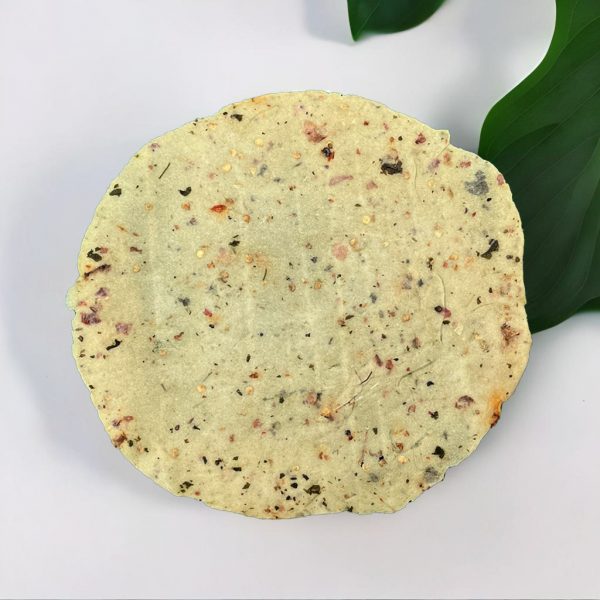
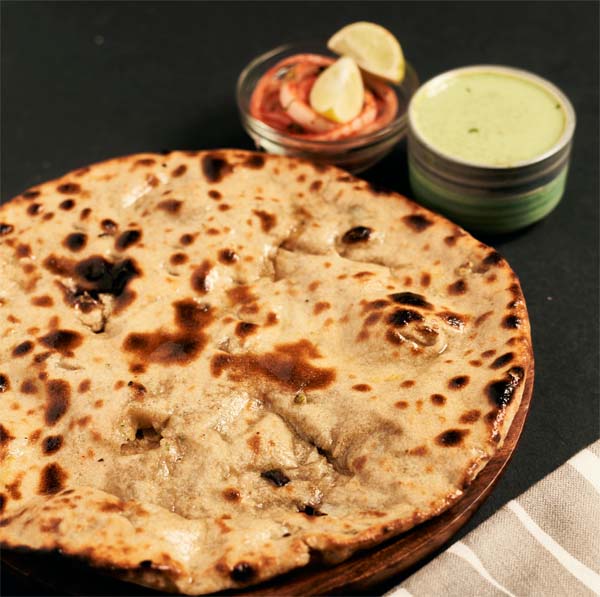

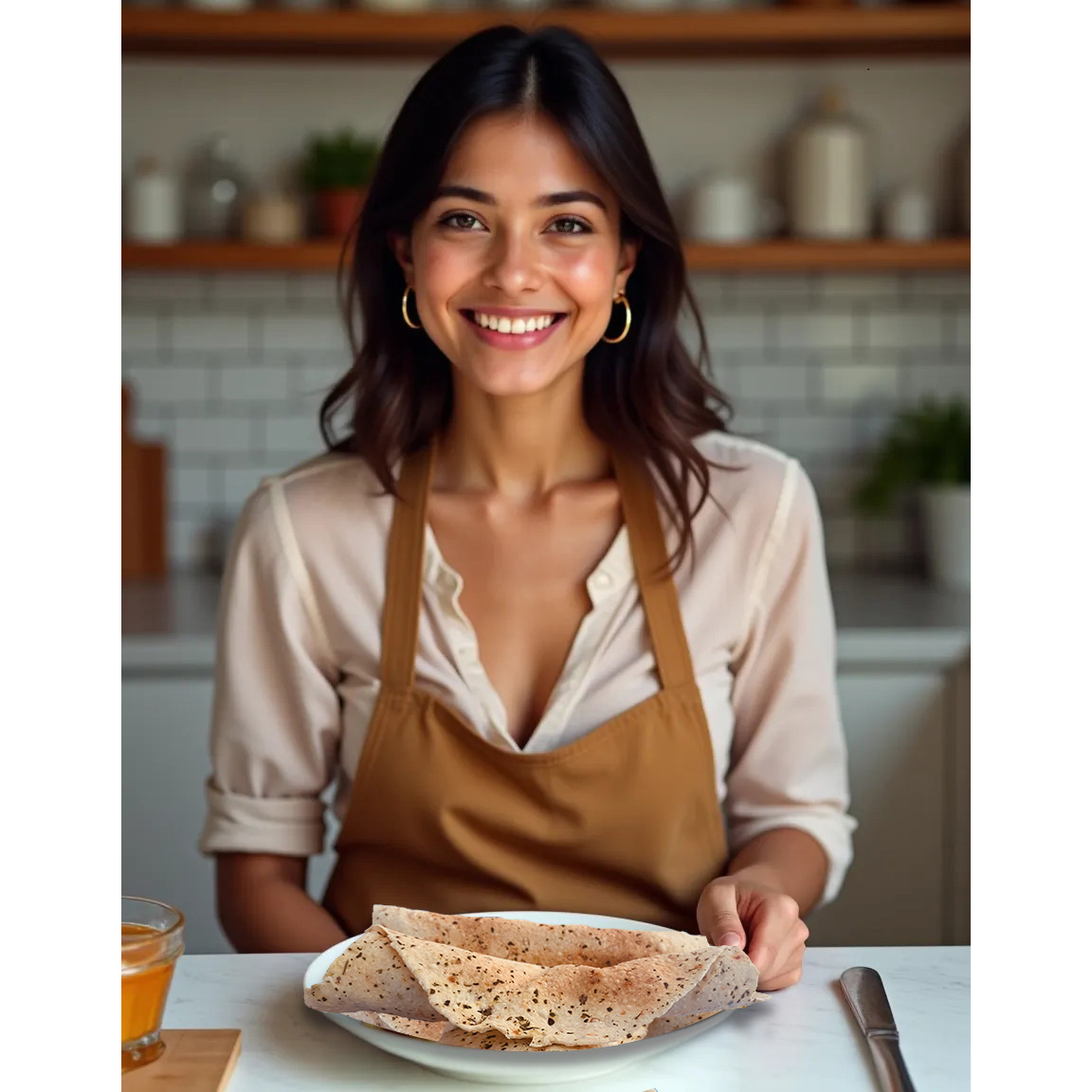
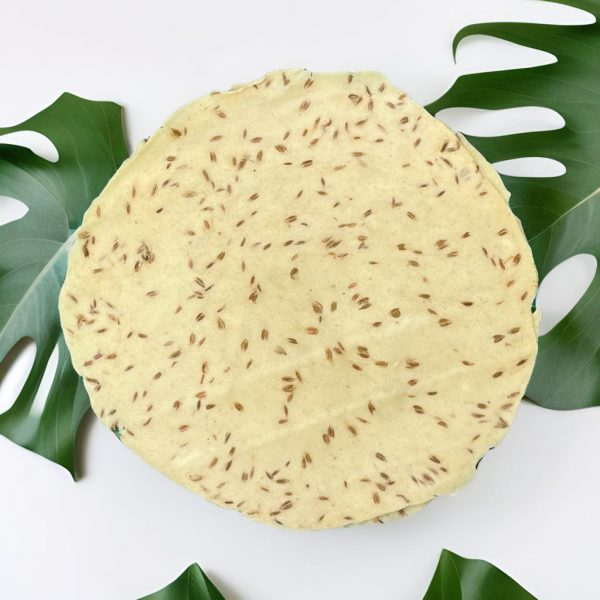
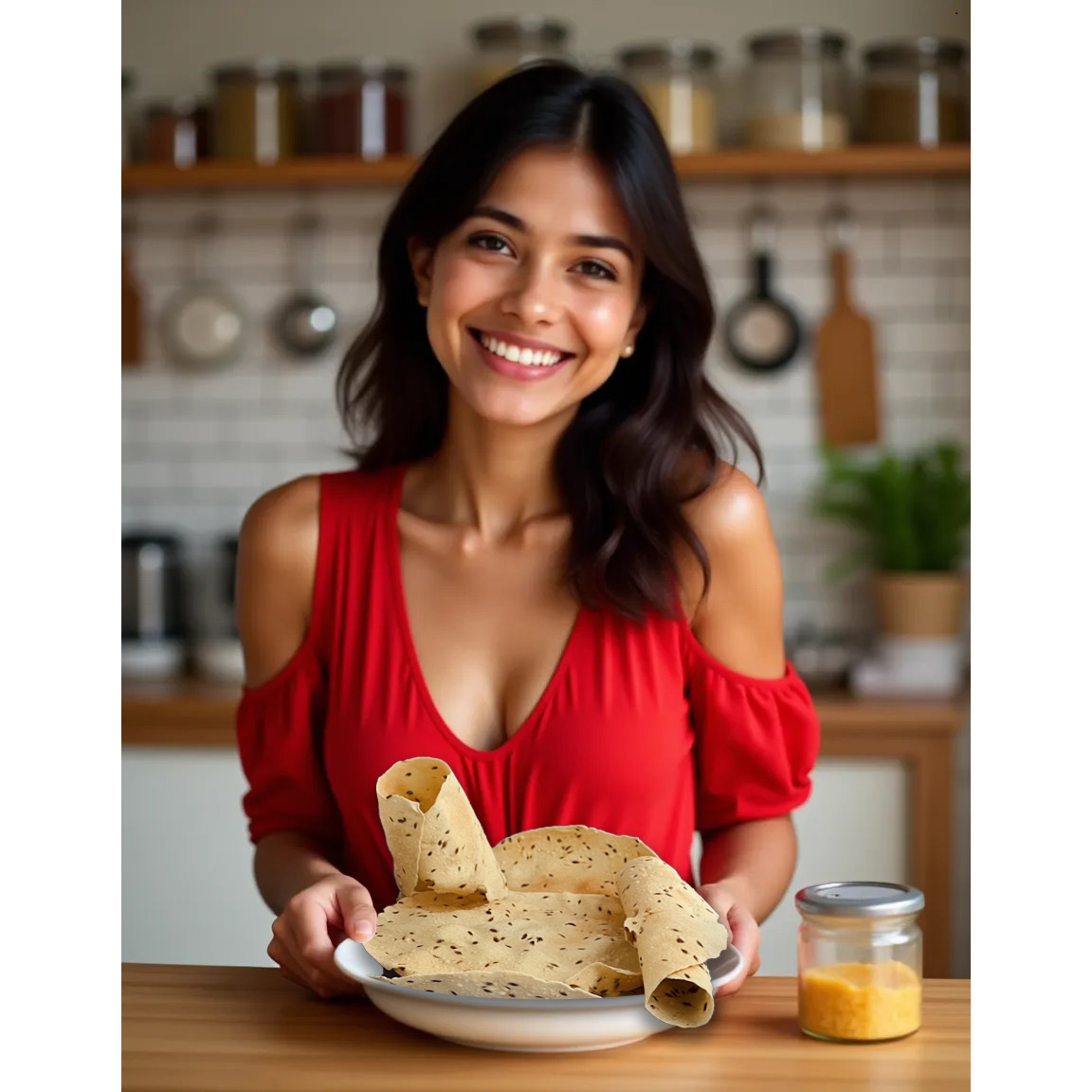
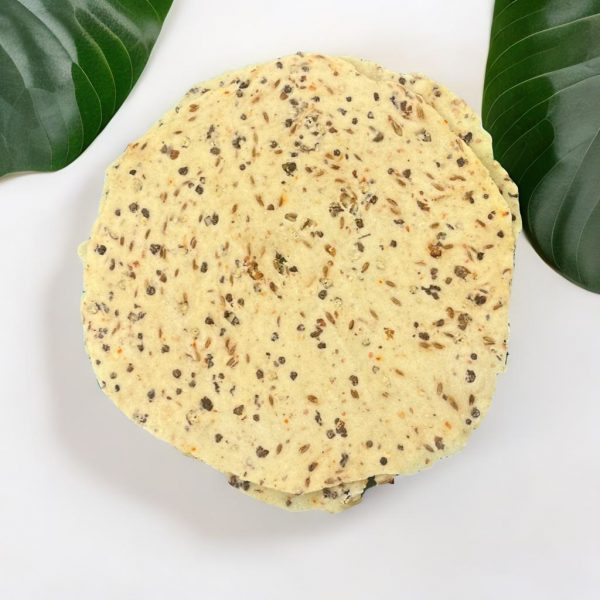
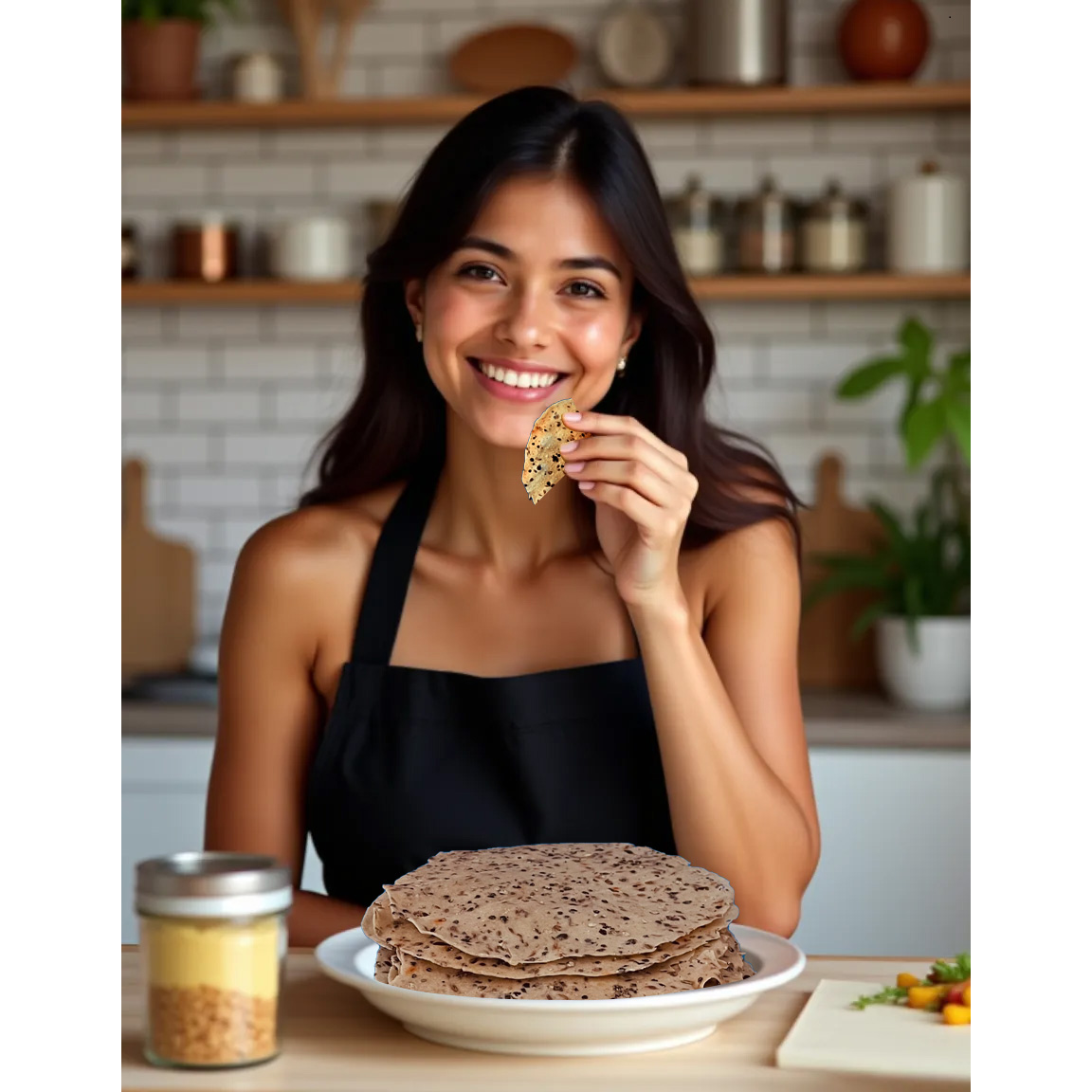
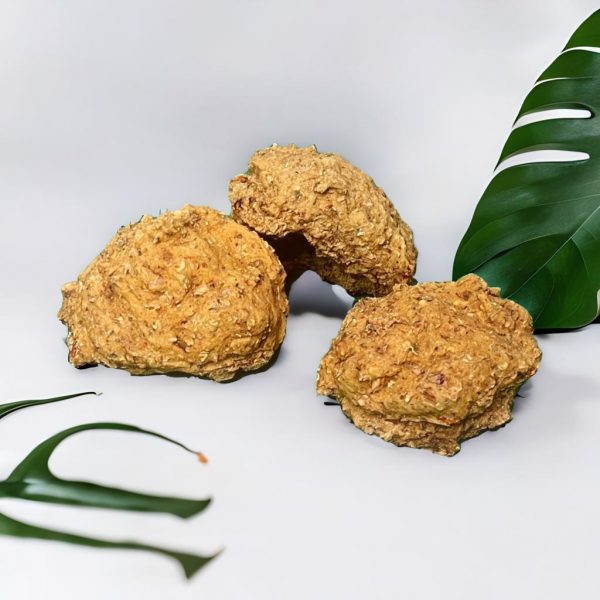
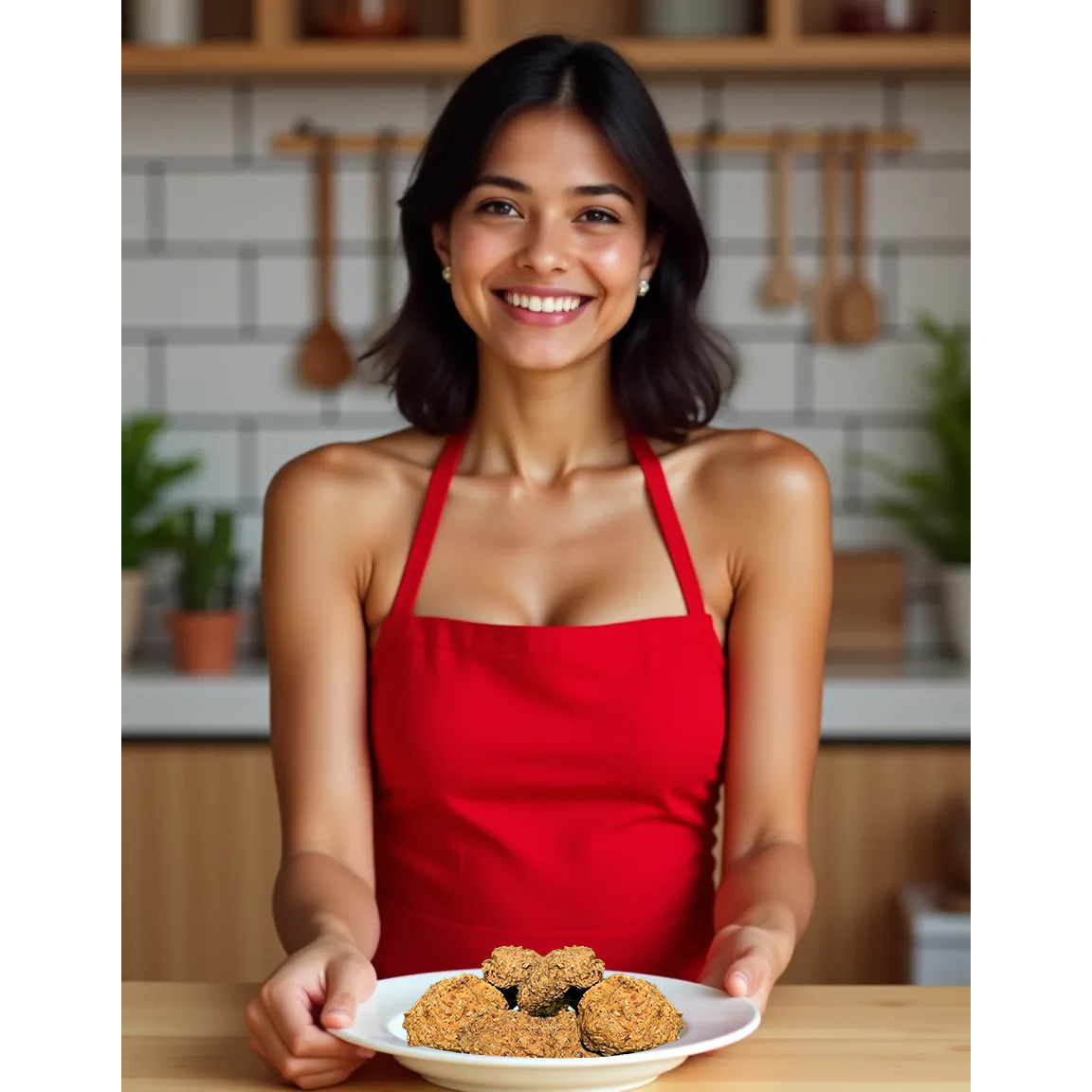
[…] High-Fat Curries: When pairing roti, limit rich, creamy curries like Malai Kofta or those heavy in butter (like Butter […]